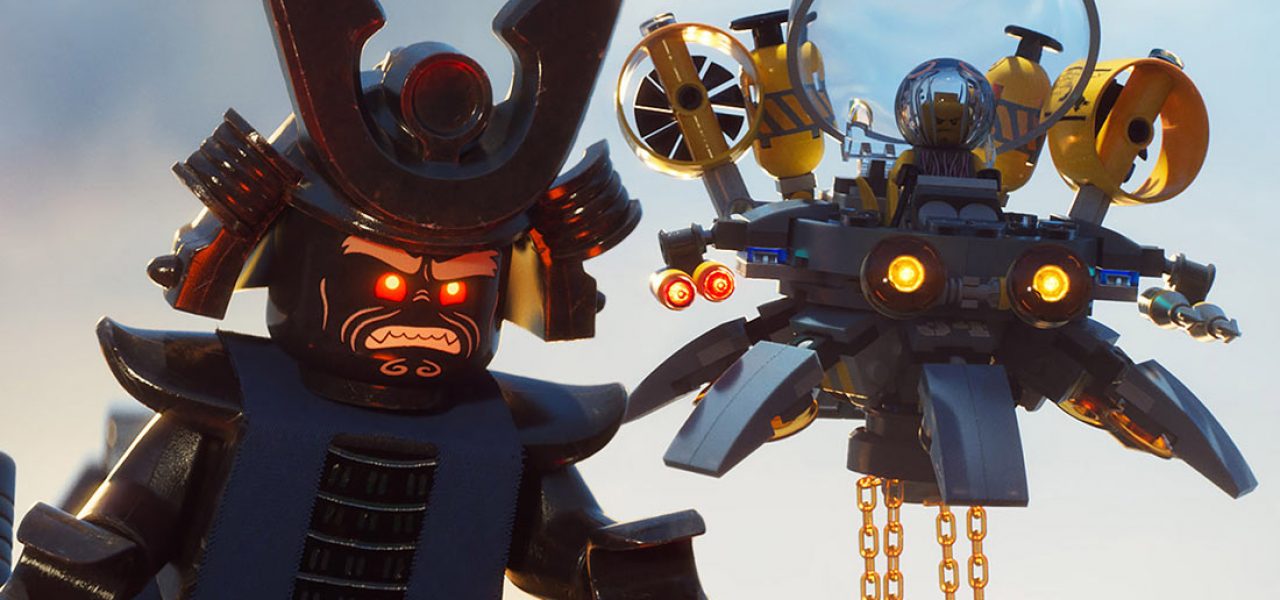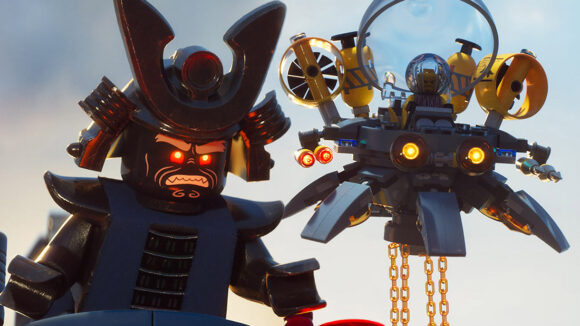

‘Lego Ninjago’ A No-Go At The Box Office
The Lego Ninjago Movie, directed by Charlie Bean, Paul Fisher, and Bob Logan, stumbled big time at the box office, opening with just $20.4 million in its launch, far below the $30-45 million industry projections. Even the modest $27-32M projections of Warner Bros. proved far too optimistic.
When the final numbers are in, Ninjago will be confirmed as the second-weakest opening ever for an animated film launching in 4,000+ theaters. The ignominious record was broken just last month by Open Road Films’s The Nut Job 2, which launched in 4,003 theaters with $8.3 million. Combined with The Emoji Movie (the third-weakest animation launch in 4K+ theaters), the hopeful takeaway for Open Road Films, Sony, and WB is that not every animated feature should be treated as a tent-pole or launched in 4,000+ theaters. It puts unreasonable pressure on all involved when every animated feature is expected to deliver a $40 million opening.
There will be plenty of discussion about why the film failed to attract a bigger audience – yes, Ninjago is a long-running tv series that kids can watch for free; yes, Ninjago is a limited-audience kids’ brand that no adult outside of fandom has heard of or cares about; yes, movie execs should have celebrated the novelty success of the original Lego and not greedily assumed franchise – but the core of the discussion, in my opinion, has to center around the film’s disastrous marketing campaign.
The one time I saw the trailer for this film in a theater, there was dead silence besides the whispers of confusion from the young audience. The trailer sold the film as a wacky comedy about a kid being hated by his father. It was mean-spirited to an unprecedented degree for a kids’ animation trailer, and for parents unfamiliar with the brand, it would be unconscionable to further subject a child to a film that purportedly is all about squeezing laughs out of parental abandonment.
If the weekend estimate holds, Ninjago will have opened lower than Warner Bros.’ last original animation feature, Storks, and that’s problematic since WB really thought the Lego films would be a bread-and-butter flagship franchise, generating consistent revenue thanks to the brand’s built-in name recognition.
But audiences haven’t warmed up to the idea of paying repeatedly at the box office for what are essentially feature-length toy commercials. The Lego Batman Movie delivered nearly $160M less worldwide than the original Lego Movie ($312M to $469.2M), and Ninjago will gross far less than Batman.
Warner Bros. has at least two more Lego films in the works – The Lego Movie sequel and The Billion Brick Race – and they will need to either find a way to convince audiences that these films are worth paying for or cut their losses and move on.
Speaking of animation franchises, there’s at least one company that has figured out how to consistently entertain global audiences. Universal/Illumination’s Despicable Me 3 added $2.9M to its global take this weekend, lifting its worldwide total to $1.02 billion.
DM3 is now just $4M shy of overtaking Zootopia to become the 5th highest-grossing animated feature of all time.
A couple countries in particular on the tail end of DM3′s release schedule – Japan and Italy – have overperformed and driven the film’s continued strong performance at the global box office. In both countries, DM3 is the 2nd highest-grossing film to date of 2017, with over $64M in Japan and over $20M in Italy.

.png)